by René Timmermans | Nov 9, 2009 | Photography
As mentioned in a previous post, while I was in Cuba I spent a lot of time on the Malecón, the 8 km long boulevard along the coastline of Havana. It turned out to be my favorite place to photograph and to get in touch with the locals.
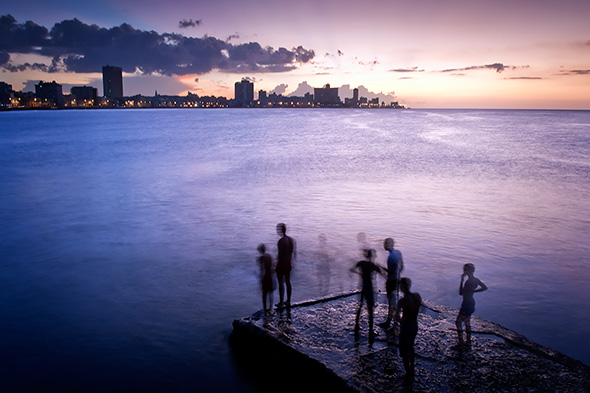
Evening ghosts at the Malecón.
Especially in the evenings the long boulevard gets busy with tourists and locals. The sun sets just behind Vedado creating amazing and colorful panoramas. The local youth comes out to swim from the rocks and platforms when the sea is calm. This creates some fine photo opportunities.
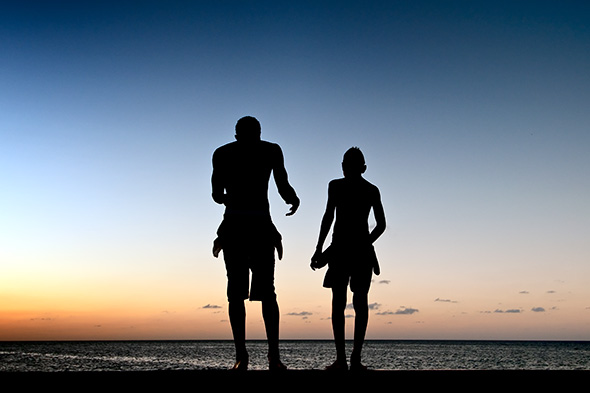
Going for an evening swim.
Many fisherman come to the Malecón with their equipment to catch an evening meal.
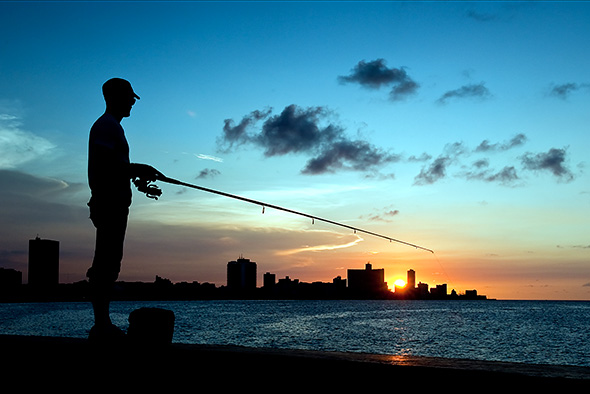
Fisherman at sunset.
One evening I got in touch with a young man selling baseball caps to make a living. His story was kind of sad. He claimed to have been part of Cuba’s national baseball team, traveled and lived in Canada for a year to play baseball and learn English. When he had returned back on Cuba he was eager to leave again as he enjoyed live in Canada better and he decided to try and go to the US.
As this is not possible to do for Cubans, together with two friends he arranged for a small boat and they tried to flee the country and were heading for Florida. Shortly after they had left the shore they were captured by the Cuban coastguard and sent to jail for three years. He was kicked out of the national baseball team and as he expressed it: “I screwed up and threw away the biggest opportunity I was given in life”.
by René Timmermans | Oct 30, 2009 | Photography
…it does not get any better than that!
This week I returned from a three week trip to Cuba. I traveled from Havana to Santa Clara, Trinidad and Cienfuegos. All went well and I had an enjoyable stay. Photography wise I could have limited my traveling to Havana and Trinidad, as the people and environments were strongest to photograph there.
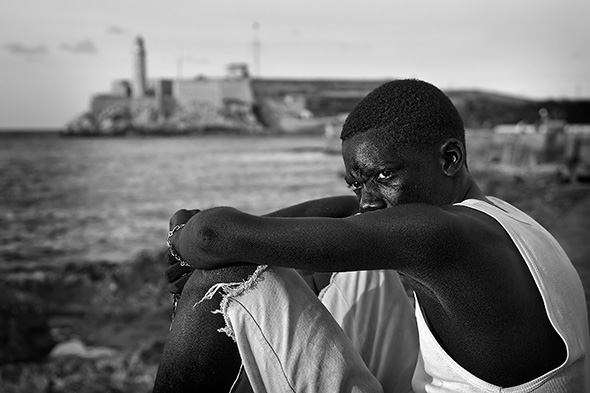
Hanging out at the Malecón.
The Malecón, the 8 km long boulevard along the coastline of Havana, is a wonderful place to stroll along and watch people hanging out, swimming and fishing. I spent much time on the Malecón on early mornings and sunset evenings.
The people of Cuba have in general no problem with taking photographs of them. They are very friendly and were always ready for a chat to practice their English or help me with my Spanish skills. Their curiosity is enormous, and they are always interested to know where you come from, what your name is, what you think of Cuba and of course if you are interested to buy cigars.
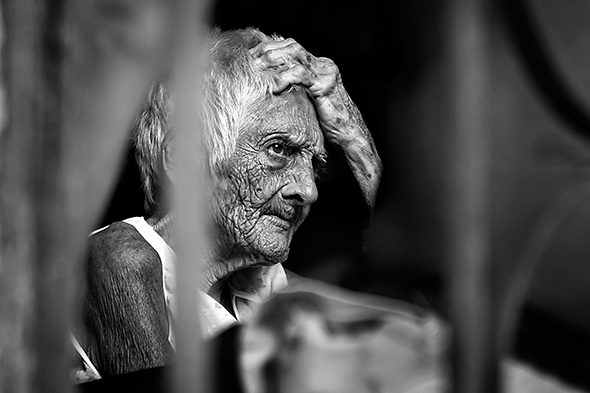
An old woman over-thinking her daily worries.
Compared with my first trip to Cuba in 2002 I can see many differences. Obviously the Dollar has been exchanged for the Euro. The number of old American cars has decreased and been replaced by new Korean cars. There are more modern shops, supermarkets and fancy restaurants, although for the local people there is still a limited possibility to purchase goods (an average pension is about 9 Euro a month and a young cigar roller earns about 6 Euro a month.) The mobile network works well through big part of the country, but not many locals use a mobile phone. Internet access is widely available for foreigners in hotels or the Etecsa (energy and communications company) offices.
What has remained is the charm. It is enjoyable to walk the streets in the evening and watch the people play a game of chess or domino, while others watch and throw in various advices. And sometimes an odd stranger walks by, dressed in cameras, but that does not take away the concentration on the domino stones…
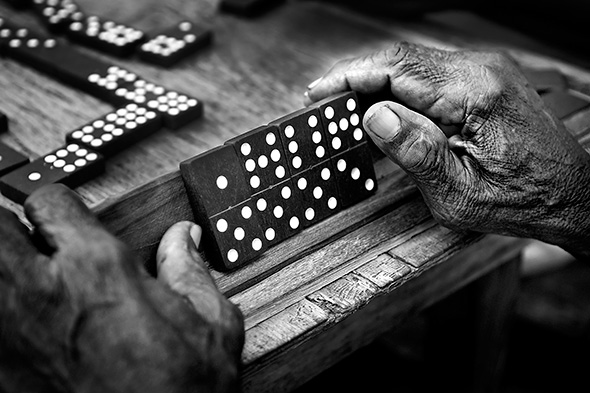
Domino is the national game.
If you are interested, my website is updated with new Cuba galleries (www.renetimmermans.com), but more will come on this blog in the coming weeks as well…






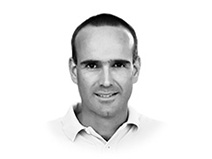


Recent Comments